We show recipes from different parts of the world, of course also vegetarian and vegan, but at the moment we focus on Bavaria and here is a simple dish with meat.
In the regions of German-speaking countries, there are many different names for what is basically the same dish. In Bavaria it’s called “Fleischpflanzerl” and we explain our favourite version here, which is based on traditional seasoning with a little trick.
Meatballs are served as a snack in a bun, with various side dishes and sauces in pubs or also in the beer garden. They are always best when you make them yourself, and then they still taste very good cold, for example for a picnic.
Typically, half beef and half pork are mixed for the right amount of fat. It is also possible to use only beef, but this quickly leads to a rather dry end result. There are also “finer” versions with veal on offer, but in our opinion, that doesn’t have to be and we don’t want to eat that either.
The meatballs should not fall apart and have texture, but should neither be too firm nor too dense let alone dry. To make this work, you need bread. Traditionally, stale bread buns or rolls are used, as we have also done in this recipe.
Here, however, we prefer toast because it spreads more finely. We simply cut the untoasted bread into cubes.
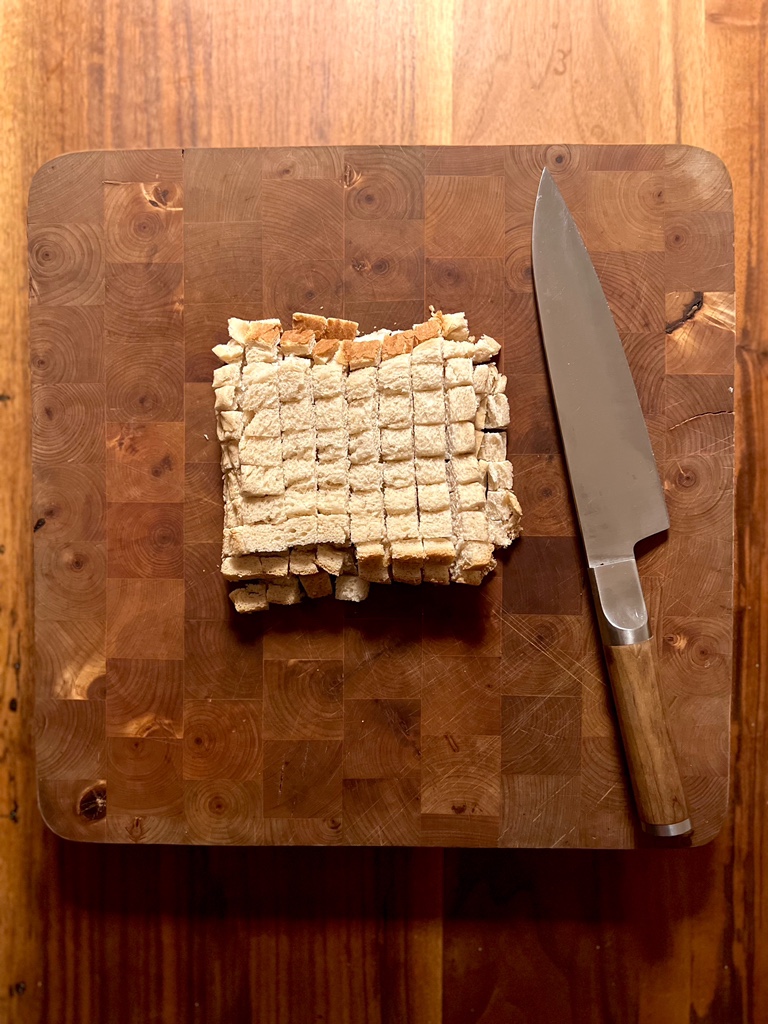
You may remove the crust from the toast, but we don’t throw bread away and don’t mind small pieces of the crust in our meatballs, this is not a dish of haute cuisine.
The bread is soaked, in our case in milk. Just pour it over the bread, mix lightly and set aside.
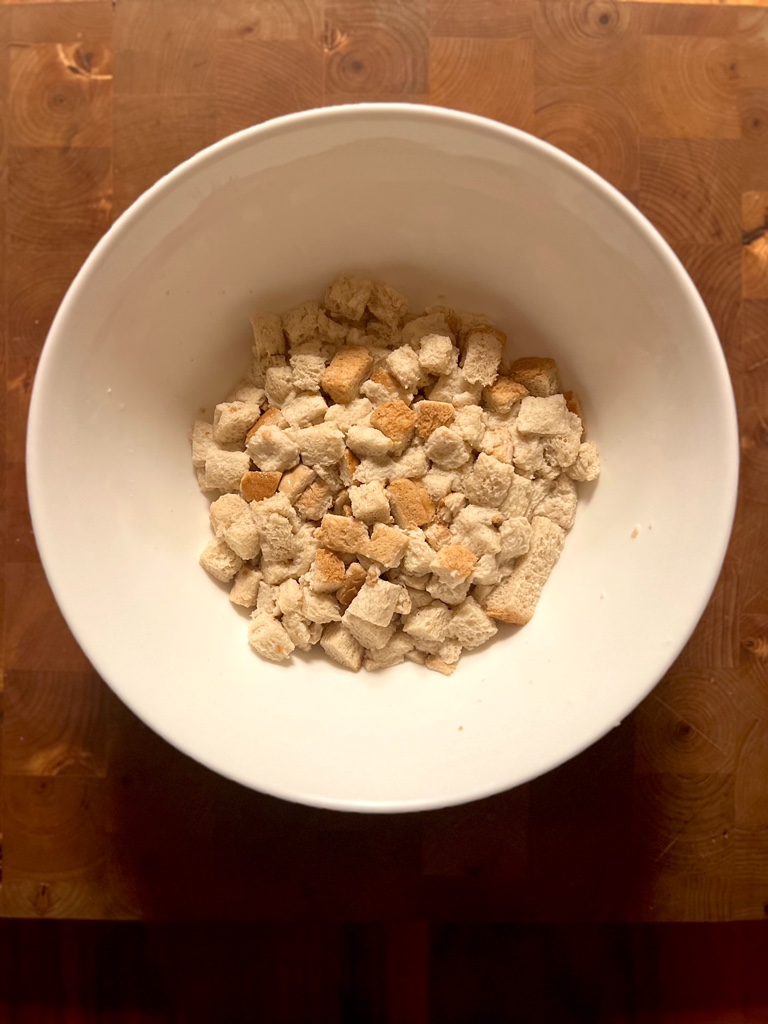
An onion is finely diced and then fried in a little oil until translucent – not brown. You should do this because the taste of raw onion would not be very pleasant later on.
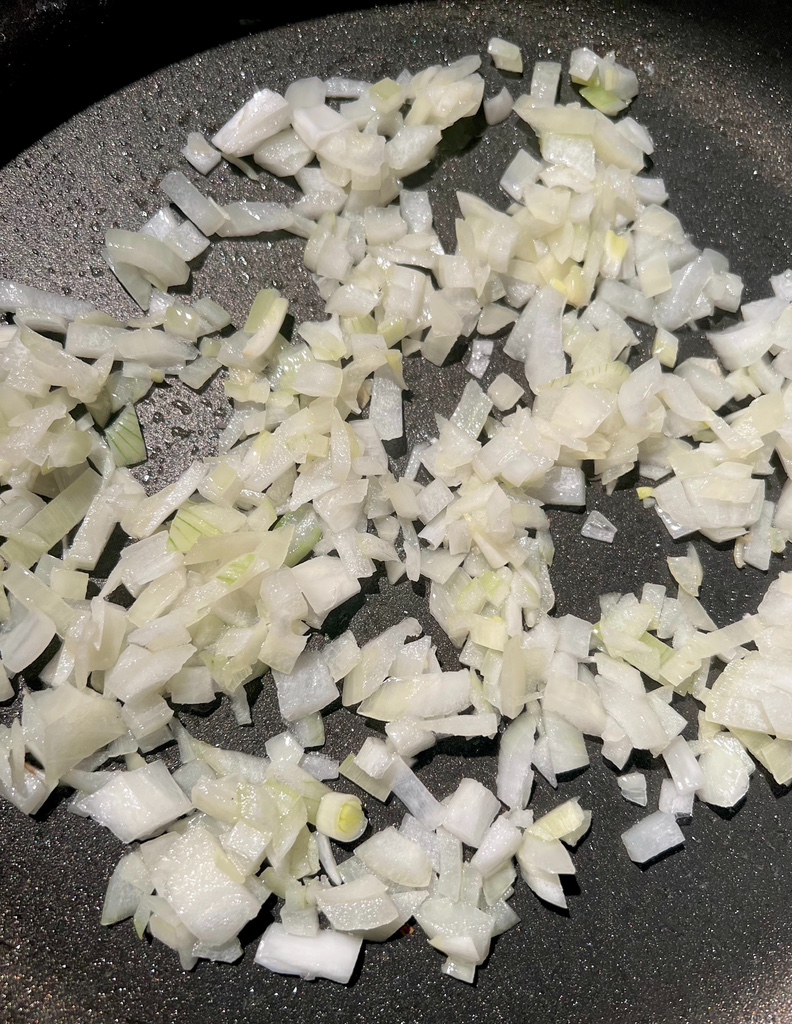
We beat the eggs and whisk them with a fork. Then we mix in medium hot mustard, salt, black pepper from the mill and grated nutmeg. Seasoning is always a matter of personal taste and intuition. If you are unsure, you can measure out 1 ½ tsp salt and 1 tsp pepper as a guideline. Nutmeg is very intense, we pass the nut over the grater about 6 times.
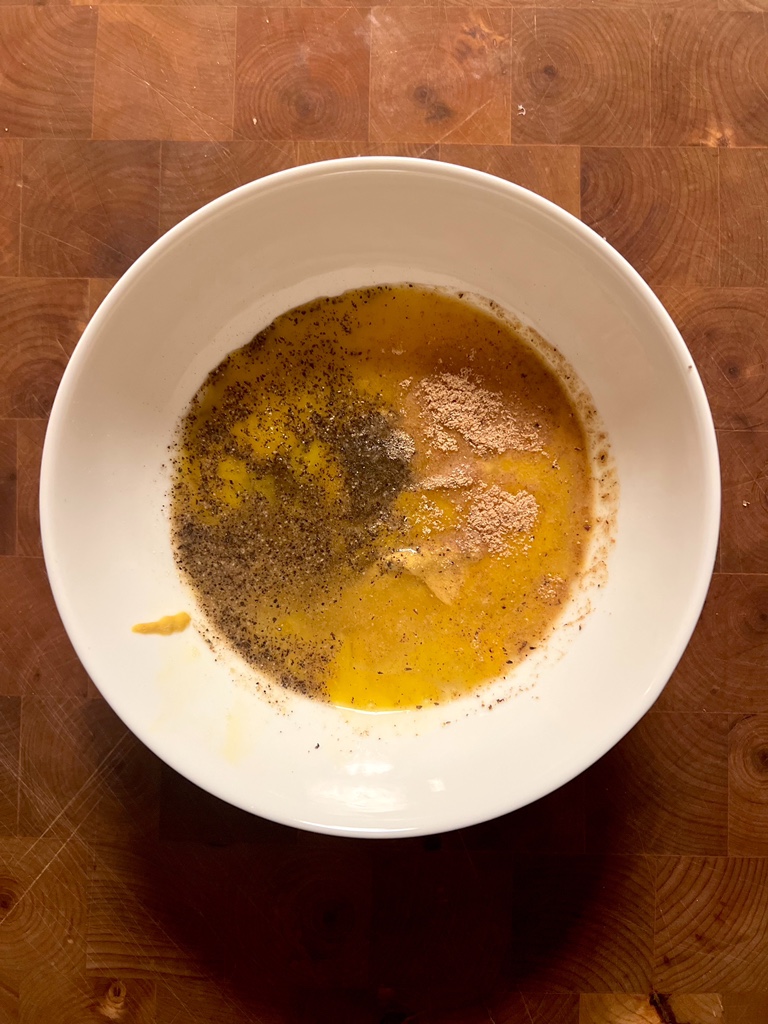
An organic lemon is rinsed hot and you also need a fine grater. Use it to grate fine zest from about half of the peel, the part of the fruit with the strongest flavour. Always make sure to use only the yellow part of the peel, the white part underneath is very bitter.
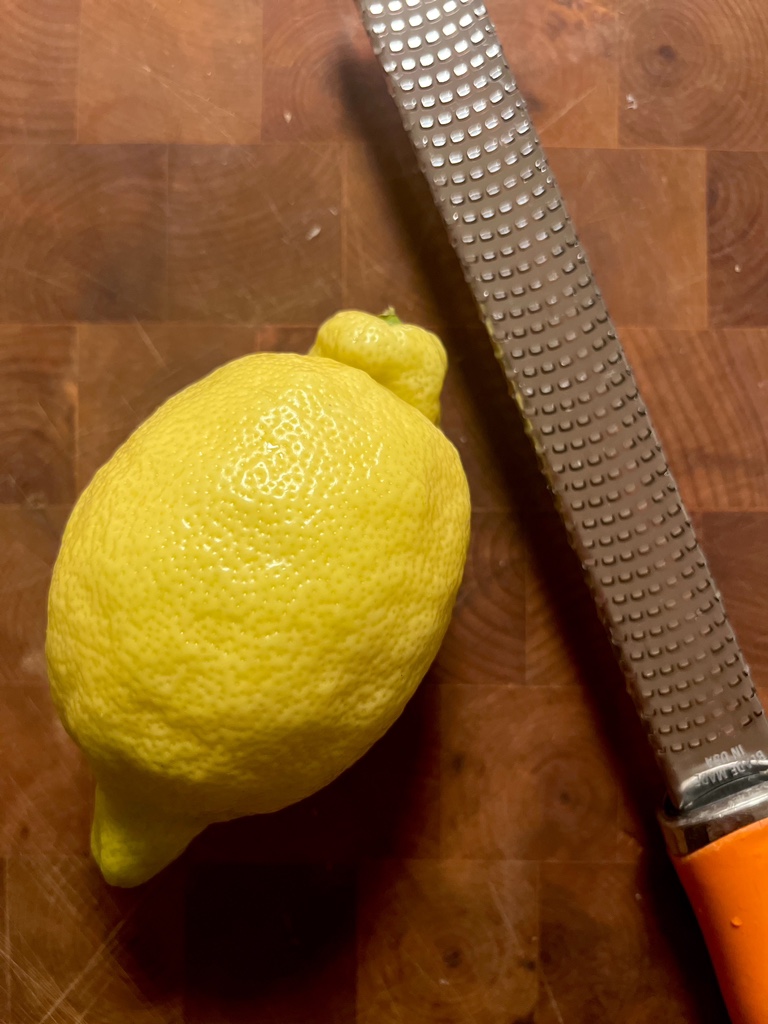
In a bowl, we mix the minced meat, the mixture of eggs and spices, the soaked bread, the lemon zest, dried marjoram and some chopped parsley leaves. This is best done with the hands, which of course are washed very properly beforehand and especially afterwards. Special hygiene is absolutely necessary when handling raw minced meat.
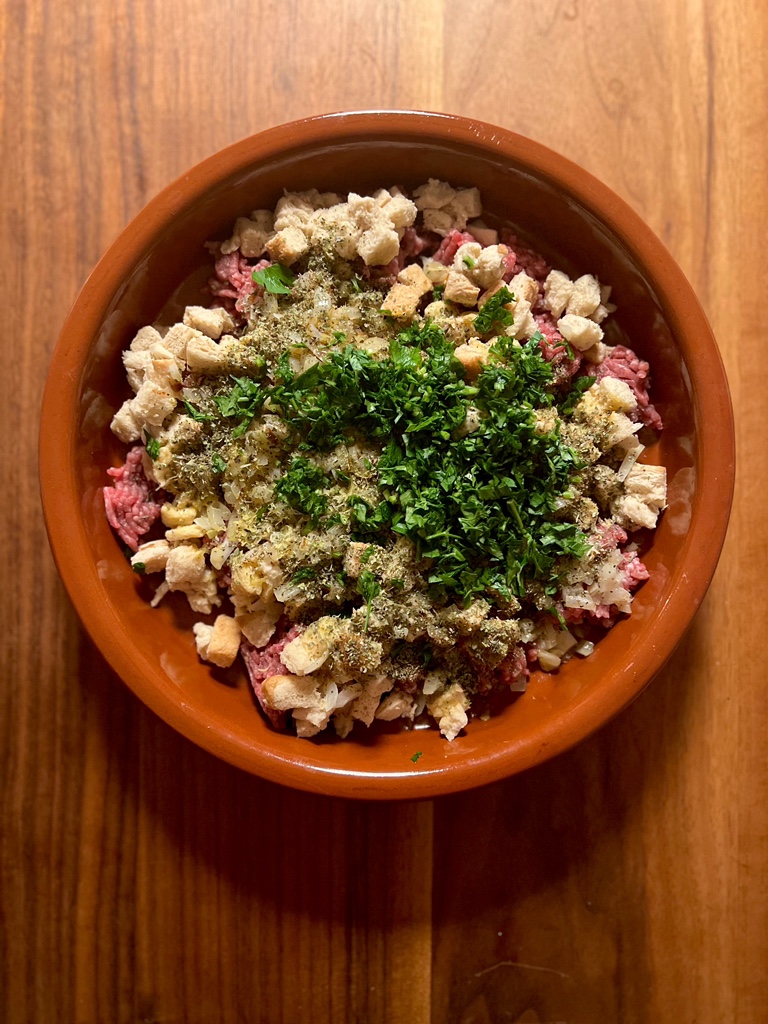
The eggs and the bread create a lot of binding. It is therefore not necessary to enhance this by kneading the mass strongly. On the contrary, if you want the meatballs to be particularly tender and juicy, then you should definitely not use too much force at this point. Instead, just gently combine everything into one with your fingers. To condense the mixture strongly at this point is the biggest mistake you could make with this dish.
Those who want to test the seasoning of this mixture first, take a small piece and fry it briefly to check the taste and correct it if necessary.
Now about 8 – 10 slightly flattened patties about 3 cm in thickness are formed. No balls please, that would make it very difficult to cook them through in the centre as well.
Usually these dumplings are fried immediately, but we recommend an intermediate step: put a layer of panko on a plate and turn the raw patties in it so that they are covered on all sides.
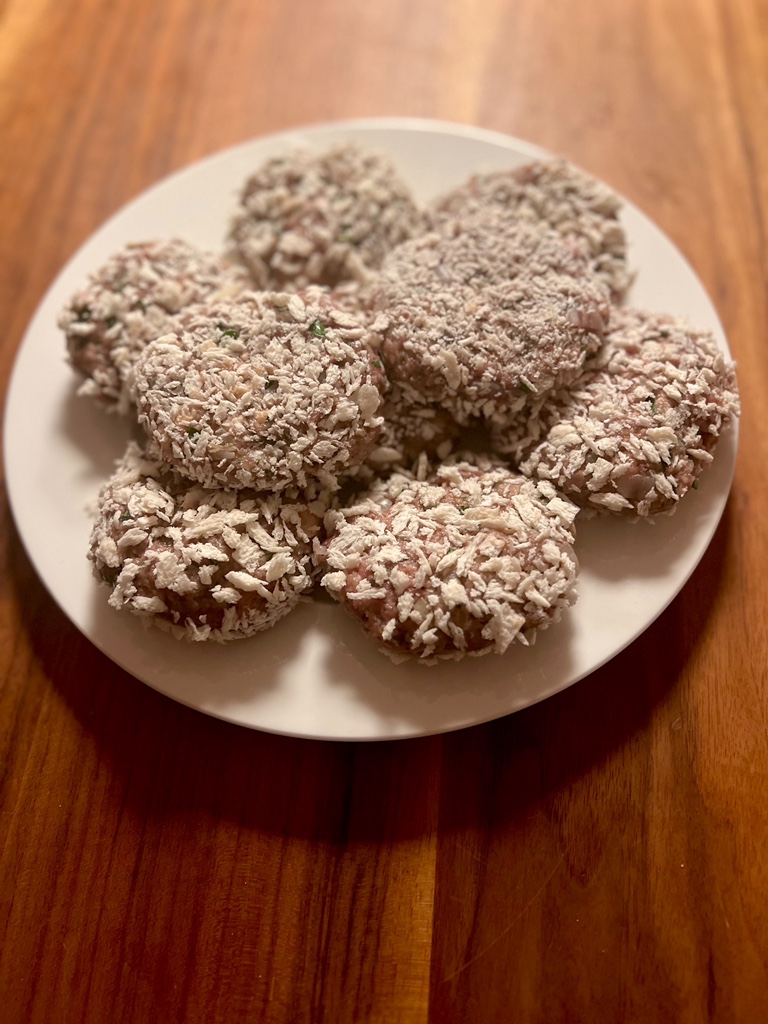
Panko is a Japanese invention and for us the best breadcrumbs of all. It is made from a white bread without a crust and is very light, almost white. The small pieces are quite large, porous and create a particularly crispy texture. If you do not have access to it, use breadcrumbs.
Panko or breadcrumbs can also be added to the meat mixture itself if it turns out to be too moist (this can happen if the eggs were particularly large).
For frying, we recommend clarified butter for extra flavour. It can be heated higher than butter, but contributes very similar aromas.
Melt the clarified butter in a frying pan over medium-high heat (our cooker: 6 out of 10) and then add the meatballs, in two stages for this quantity. We fry the patties on one side for about 6 – 7 minutes until they are golden brown and crispy. Then we turn them over and put a lid on so that the extra heat ensures that they are cooked through on the inside too. For hygienic reasons, minced meat must always be heated to a core temperature of at least 70 degrees.
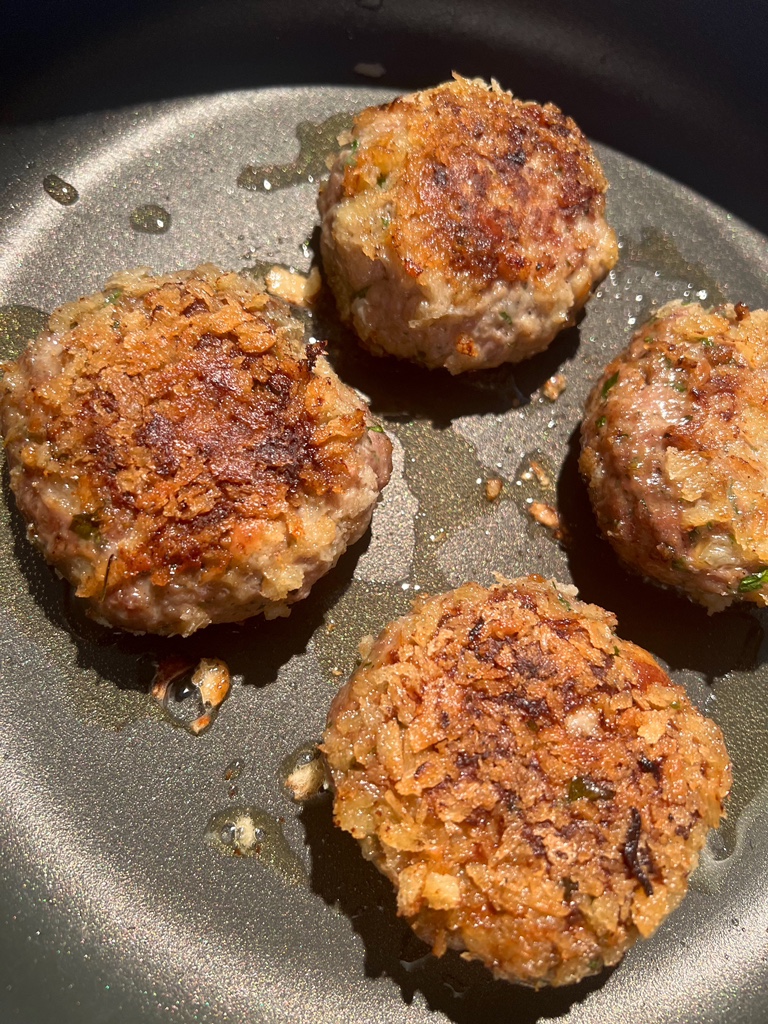
The crust made of panko or breadcrumbs gives the meatballs the finishing touch.
We enjoyed the first “Pflanzerl” with an onion sauce and roast potatoes from the oven. Making top-quality French fries at home is quite a challenge. We therefore recommend the version described here. Very simple and very tasty.
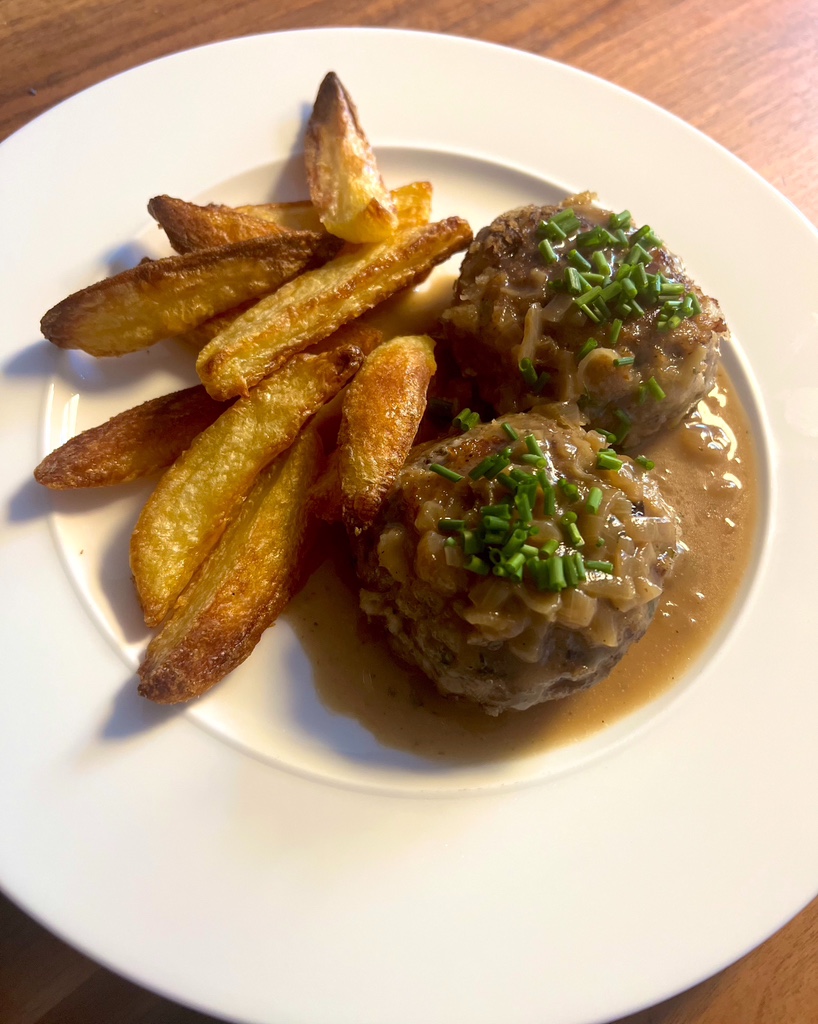
The rest will be warmed up in the oven tomorrow or eaten cold in a nice place outdoors, for example with potato salad or simply with bread and mustard.
Enjoy.
And may the taste be with you.
Ingredients ( for 4 people):
80 g toast (approx. 3 slices)
100 ml milk
1 small onion
some neutral oil
500 g minced beef and pork, half and half
2 eggs
1 tbsp medium hot mustard
1 untreated lemon
2 tbsp parsley leaves
Salt, black pepper, nutmeg
2 tsp dried marjoram
Panko (alternatively: breadcrumbs)
Clarified butter or neutral oil for frying
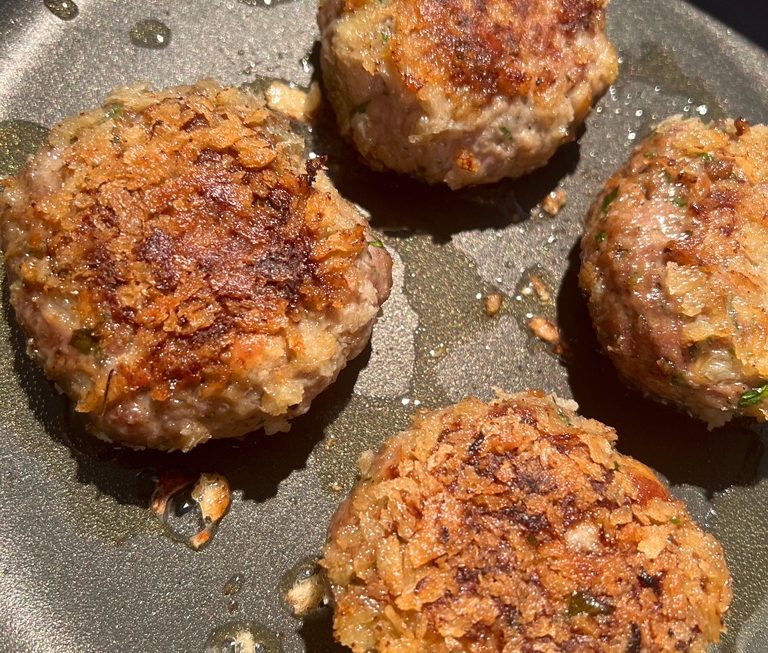


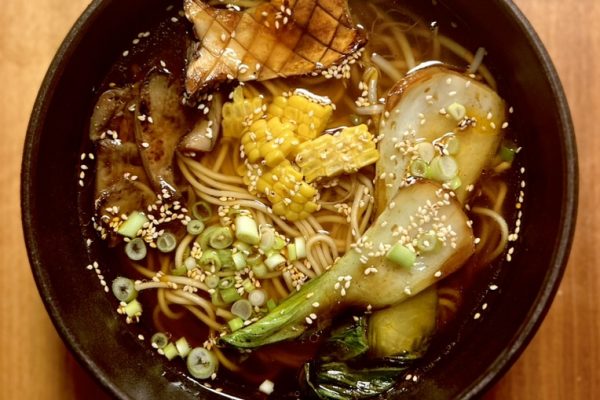


4 thoughts on “Bavarian meatballs”